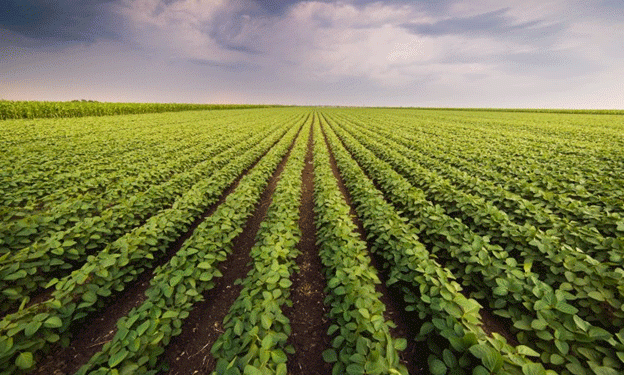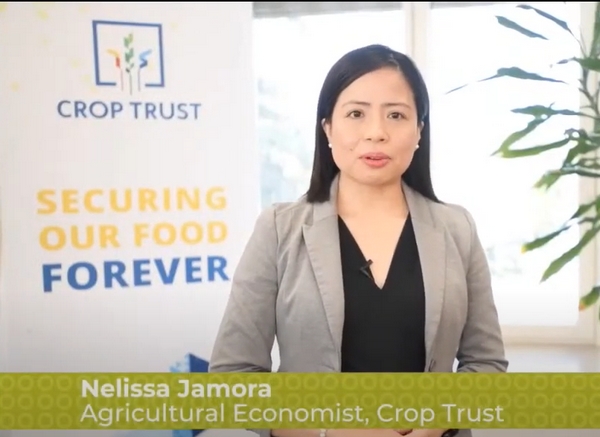The new robotic greenhouse system developed by Perm Polytechnic focuses on reducing plant contact with external environments and creating fertilizers from secondary resources derived from agricultural wastewater. With a continuous monitoring system and automated nutrient delivery for crops, this innovative approach not only minimizes harmful runoff but also promotes a closed-loop growing cycle.
Andrei Georgievich Starostin, an associate professor in the Department of Chemical Technology, explained that their comprehensive project utilizes wastewater from agricultural complexes to produce a fertilizer known as struvite. This process involves a patented modular system that integrates the application of this fertilizer into both commercial farms and open-field agriculture.
Transforming Waste into Nutrients
Traditionally, agricultural wastewater has been a disposal issue, with many methods proving economically unviable. The technology to convert wastewater into struvite provides a sustainable solution, allowing for the in-situ production of fertilizers within the greenhouse. This is achieved through a reactor that chemically transforms wastewater into struvite, which is then delivered to the plants’ roots as a nutrient-rich suspension.
The innovative system employs advanced imaging technology to assess the plants’ needs. The color, shape, and distinctive features of the leaves are captured by cameras, allowing the system to determine the precise amount of struvite needed and where to deliver it. This real-time monitoring and adaptation enhance the plants’ growth potential while reducing waste.
Advantages of the Smart Greenhouse System
- Efficiency and Precision: Unlike traditional nutrient application methods that rely on fixed intervals, this smart system tailors the delivery of nutrients to the specific growth stage and condition of the plants. This personalized approach optimizes nutrient use and minimizes excess application.
- Environmental Benefits: By recycling agricultural wastewater and producing fertilizers on-site, the greenhouse significantly reduces environmental pollution. This method also helps mitigate the economic burden associated with wastewater disposal.
- Adaptability: Designed as an autonomous greenhouse complex, this technology allows farmers to cultivate crops in risk-prone areas where adverse weather conditions can impact yields. This adaptability is crucial for enhancing food security in regions facing climate variability.
- Sustainable Farming Practices: The integration of struvite production into the growing process aligns with sustainable agricultural practices, emphasizing resource efficiency and waste reduction. This can also foster a shift towards circular agriculture, where waste is repurposed rather than discarded.
The smart greenhouse complex developed by scientists at Perm Polytechnic represents a significant advancement in sustainable agriculture. By utilizing agricultural wastewater to produce fertilizers and implementing precise nutrient delivery systems, this technology not only enhances plant growth but also addresses environmental concerns associated with traditional farming practices. As the agricultural sector continues to face challenges related to resource scarcity and climate change, innovations like this could pave the way for a more sustainable and resilient future.












